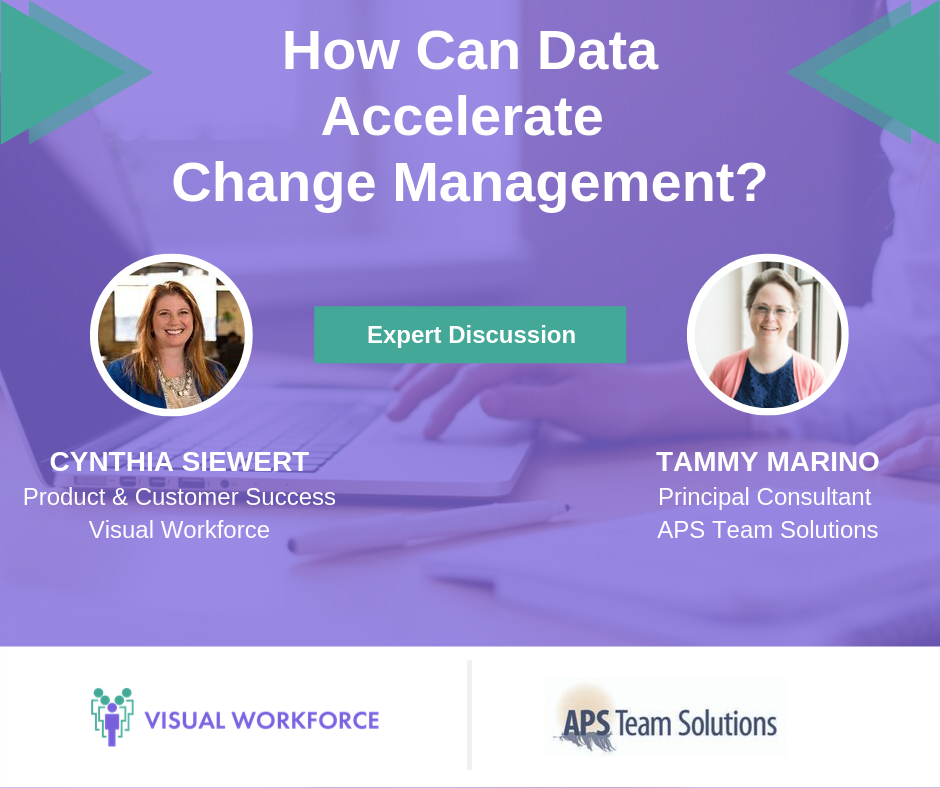Why Your Company Needs A Standard Skills Vocabulary
In the complex nature of business, managers work hard to simplify the execution of everyday business processes. But, what about simplifying communication via a common language?
In today’s economy where the way we work is drastically changing, skills are becoming the new currency of business. As with any currency, it’s important to be able to measure your current balance in order to forecast future needs. And when multiple people are involved, a standard vocabulary makes collaboration on this effort quick, easy, and actionable.
Read More
6 Tips for Building Better Project Teams
Your projects have an immediate and long-term effect on the health and success of your organization. You need projects to be completed on-time, on-budget, and the result has to work. Simply put, the life of your organization depends on it. The people you place on your project teams will make or break your project results. Selecting the right people with the right skills is not an exact science, but you can always improve your decisions using data.
Here are 6 ways to use data to build better project teams.
Read More
Why Business Managers Should Embrace People Analytics In 2020
When you think of people analytics you may think it’s only an HR tool or that you don’t need a tool to tell you about your people. You work with them every day. As their manager, you already know them. Well, that may be true, but how do you really know? Is it just a gut feeling or do you have hard evidence?
Read More
How to Communicate With Employees in a Data-Driven World
We are constant creators of data at-home, at-work and everywhere in between. We understand that organizations are collecting information about us, our shopping, our movements, our relationships, our habits. It’s through the collection of this data, and analysis of this data, that we get bombarded with even more data suggesting things to buy, places to go, people to meet, things to do.
Data. Is. Everywhere.
Read More
6 Types of Workforce Plans Every Manager Should Know
If you are a manager in today’s business world, you have been involved in some level of workforce planning. Workforce Planning is the process of analyzing, forecasting, and planning workforce supply and demand, assessing gaps, and determining target talent management interventions to ensure that an organization has the right people - with the right skills in the right places at the right time - to fulfill its mandate and strategic objectives.
Read More
The #1 Thing HR Professionals Can Improve in 2020
Plain and simple, the #1 thing HR professionals can do to improve in 2020 is to learn how to leverage data. This is not a new thought, nor is it necessarily a new skill. HR professionals have been using data for generations just not in the ways that data must be used today.
Read More
How To Develop Your People Strategy For 2020
The end of an era and the beginning of a new decade of work is fast approaching. The way we work has already changed significantly over the past 10 years and shows no signs of stopping. How will you ensure your workforce succeeds in 2020?
Read More
How To Personalize The Onboarding Process With Data
Onboarding is a crucial step in any employee-employer relationship. It’s your new employees’ first impression of your company and this impression is long-lasting. Think about your last first date. Did they make a good or bad impression? How did that affect the rest of the relationship?
Now, this isn’t a one-way street. A great onboarding process gets new hires to work faster, enables greater productivity, and earns a greater return for the company. Given the benefits (and downsides), optimizing onboarding processes should be a top priority. Yet, the numbers show this is not the case for most organizations.
Read More
Visual Workforce Announces Partnership with PeopleBest
We are pleased to announce a new partnership between Visual Workforce and PeopleBest. PeopleBest offers a revolutionary, scientific and simple way to predict success inside people, teams and companies.
Read More
Visual Workforce Announces Partnership Expansion with Capital TechSearch
We are pleased to announce an exciting partnership expansion between Visual Workforce and Capital TechSearch (CTS). CTS is a four-time Inc 5000 honoree, recognized by Forbes Magazine as one of the top 200 recruiting firms in the nation. CTS provides industry-leading companies a competitive advantage in talent acquisition by delivering strategic recruiting solutions for IT and Sales professionals on a retained, direct hire, and contract to hire basis.
Read More
Visual Workforce Announces Partnership with Talent Management Academy
We are pleased to announce a new partnership between Visual Workforce and Talent Management Academy. Talent Management Academy provides employers with a competitive edge in talent acquisition through its unique system of Agile Emotional Leadership, a change process to be managed both at the personal and organizational level.
Read More
How To Prioritize Human Capital in M&A Due Diligence
Mergers and Acquisitions are complex. Evaluating and deciding how two organizations will transform into a single successful venture requires comprehensive due diligence. This involves investigating everything from financial records to business models to intellectual property.
Yet, there’s one element of prospective companies that often gets deprioritized during this rigorous process. People.
Read More
Crossing The Talent Management Chasm With Skills Data
The word chasm is defined as a profound difference between two things. When referring to talent management, the chasm exists between the identified, existing skills of your workforce and the required, future skills of your workforce.
Today, using traditional methods to cross the chasm is not sufficient. Factors such as the rapid evolution of technology and the lack of available skilled workers have upended the labor laws of supply and demand.
Read More
The Human Side of Digital Transformation
Digital transformation in any organization is a very big change. But change must happen for any business to survive. The most recent report 2019 Executive Perspectives on Top Risks states boards and C-suite leaders globally are most concerned about their organizations’ ability to transform so they can compete with organizations that are “born digital.”
Read More
How Do You Build An IT Skills Matrix?
It’s never been more critical for managers to have a clear vision of their team’s capabilities. With IT systems becoming more intertwined, gaps in skill sets threaten the overall performance of your team and its ability to deliver on time and on budget.
With a bird’s eye view of your team’s skills, you can attract, retain, and train your talent to build your highest performing team yet.
Read More
Visual Workforce Announces Partnership with The Change Decision
We are pleased to announce a new partnership between Visual Workforce and The Change Decision. The Change Decision works with leaders to show them how to create high-levels of team engagement to generate exponential value. Using deep expertise in team effectiveness, change leadership, and group decision-making, The Change Decision shifts the way teams operate and shows companies how to engage their teams to deliver the results they are seeking.
Read More
IT Career Skills Series: IT Director
In the digital age, required skill sets are constantly changing. You may be looking to upskill your current team or hire new talent to fill those skill gaps. Or maybe you’re looking to elevate your own skills and career. Whatever your goals, welcome to the IT Career Skills Series. In this 10 part series, we will breakdown the top skills for each role your need on your IT dream team.
Nearly every company relies on technology for some part of their daily operation that means having an IT organization to support it. At the head is the IT director, responsible for the management, strategy and execution of IT infrastructure for an organization.
Many believe the role of a Quality Assurance (QA) engineer consists only of writing test plans and banging on keys. No skills required other than reading a user manual and checking boxes. In reality, the job is much more complex, requiring a unique combination of technical skills and human traits.
Read More
IT Career Skills Series: Network Engineer
In the digital age, required skill sets are constantly changing. You may be looking to upskill your current team or hire new talent to fill those skill gaps. Or maybe you’re looking to elevate your own skills and career. Whatever your goals, welcome to the IT Career Skills Series. In this 10 part series, we will breakdown the top skills for each role your need on your IT dream team.
The network infrastructure refers to all the communication paths and services between users, processes, applications, services, external networks and the internet. An organization’s network impacts every aspect of the business. It is the role of the network engineer to ensure the network is up, running and optimized for peak performance at all times.
Many believe the role of a Quality Assurance (QA) engineer consists only of writing test plans and banging on keys. No skills required other than reading a user manual and checking boxes. In reality, the job is much more complex, requiring a unique combination of technical skills and human traits.
Read More
How Can Data Accelerate Change Management?
Change is inevitable, especially in today’s evolving digital economy. The majority, if not all, organizations will undergo a transformation in the coming years. This could be the result of a merger or acquisition, a product expansion, a strategic pivot, or a digital transformation.
We wanted to explore how leveraging data in your change management approach can help combat several challenges business leaders face that contribute to the 70% failure rate. To investigate how data can elevate your approach to change management, we sat down with two experts: Cynthia Siewert and Tammy Marino MBA, Ed.D.
Read More





















